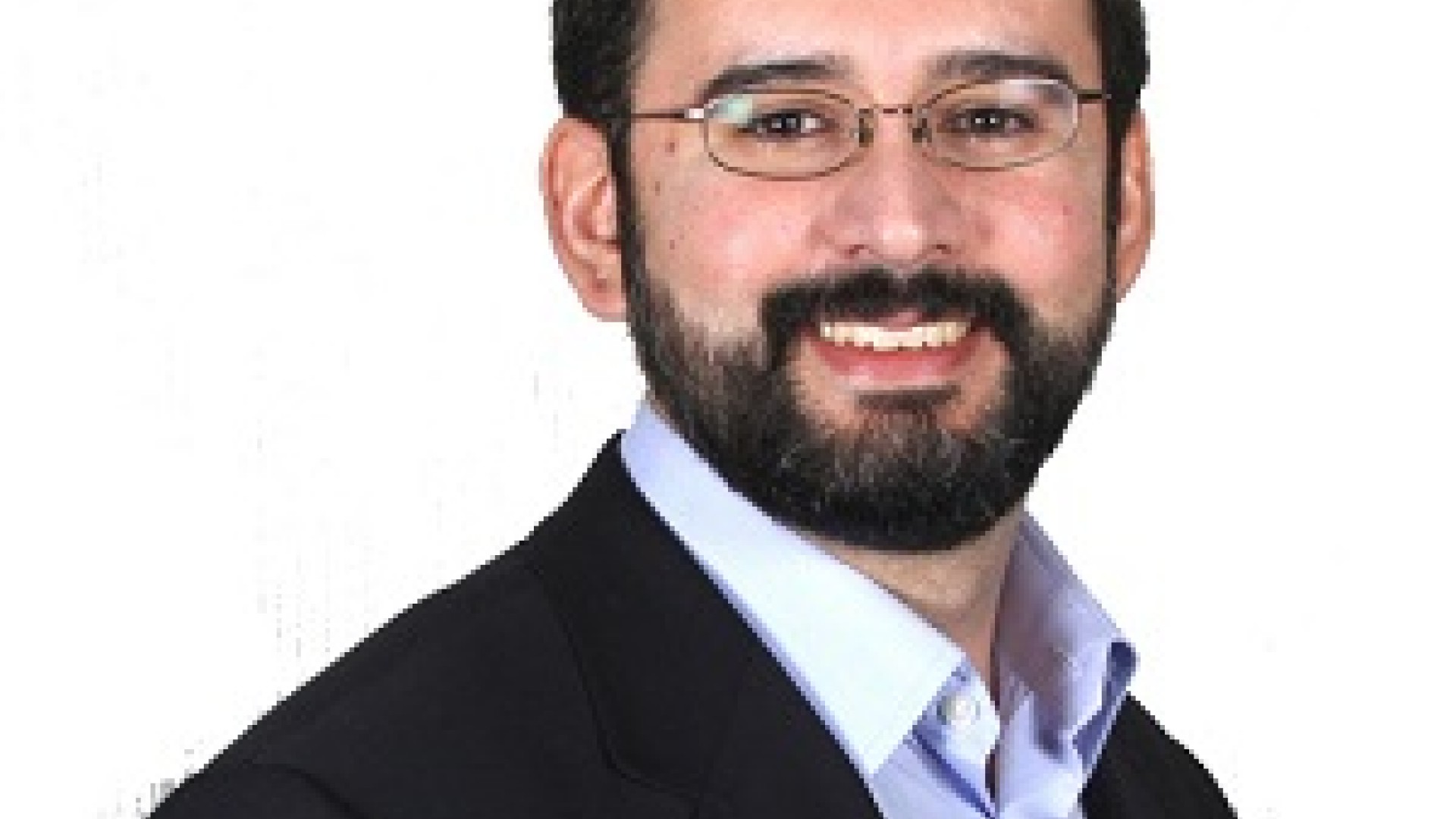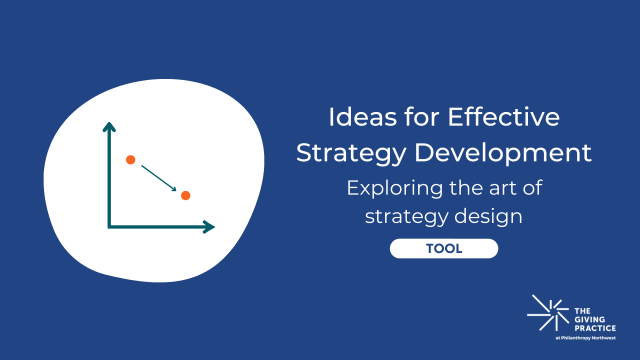
Chris Cardona, Program Officer for Philanthropy, Ford Foundation
Why is it so hard to foundations to talk about failure? In the last two posts, and the lively comments therein, we’ve seen a few reasons: lack of incentives, presence of disincentives, lack of context, lack of clarity about when failure has actually happened and who owns it.
There’s a dimension of these reasons on which I want to dig in further, because it’s one we’re not that well set up to deal with in the sector. This became clear to me when I sat in on a local convening of funders talking about how to identify high-impact opportunities. (Another trusted network.) The concept of risk came up, and risk aversion. We dug in on, “risk of what?” What are we afraid will happen? Here are some of the things that came up:
- Embarrassment: you got something wrong, you made a mistake, you messed up, you did damage
- Ignorance: looking like you don’t know everything, or enough, about a particular topic or idea or community
- Damage to relationships: you’ve wasted someone’s time, you’ve let down your colleagues, you’ve made others question your judgment.
These are not the concerns of technocrats! This is emotional stuff, what Jan Jaffe is calling philanthropy’s “second discipline,” the relational and interpersonal skills program officers need to do the work well.
I daresay we are spectacularly ill-prepared in the social sector to talk about and deal with this stuff in any kind of systematic way. There are any number of great program officers who move through these issues sensitively, effectively, and with nuance. CEP highlighted several a few years back. But that’s, as CEP put it, “luck of the draw,” not something that we hire or train for systematically.
I’m reminded of my former colleague Anne Sherman, who talked about change management as an inherently emotional process. It’s the CEO’s job, Anne wrote, “to help staff and board cope with the emotional aspects of change—the painful aspects of the process that involve letting go of something in order to make room for something new.”
What a discussion of risk helps us see is that it’s not just at times of change that emotional dynamics need to be managed; it’s in how we deal with uncertainty on a day-to-day basis. So, what might this look like?
- Part of it is self-management, and self-awareness. GrantCraft has a great guide to leveraging your whole self in your grantmaking role. Hiring for that kind of emotional intelligence and self-awareness is part of equipping foundation staff to deal with risk, and failure.
- But it’s also about the social dynamics within the organization. Individual self-awareness isn’t enough; the practices of how people generate ideas, talk about them, and decide whether or not to implement them deserves attention. Who gets to talk during your staff meetings? (How often do you have staff meetings in the first place?) Is there a de facto division between program staff and other staff? Are program staff the only ones looked to for program-related ideas, or suggestions about what’s working or what could work better?
- One element of social dynamics that often doesn’t get discussed in philanthropy, because we’re oh-so-polite, is the role of education and social class. Look around at your next staff meeting. Are only the people with graduate degrees talking? Do we overly value the perspectives of those who’ve gone through the slog of post-secondary education? And do the cultures of those institutions sharpen our vulnerability to failure, because we’re so used to high achievement and reward?
- Another element of social dynamics that does get discussed, all too often in a superficial way, is diversity, equity, and inclusion. As you’ll hear me say if you spend more than ten minutes with me, diversity is a checklist exercise about who’s at the table; inclusion is about how we treat each other at the table and who gets heard; and equity is about what results from our deliberations at the table. It’s time to get beyond diversity and engage inclusion and equity. And to do so in a way that allows for our vulnerable, fragile, human selves to work through unfamiliarity and difference toward understanding and comity. As the new Canadian premier said yesterday while announcing his new cabinet, when asked why it was 50% women: “because it’s 2015.”
All of this connects back to the relationship between internal openness and external openness. Do you need to be more internally open to enable you to be more externally open? Or you can be a structured, hierarchical, fear-driven place that delivers great customer service? This is an empirical question, but a moment’s reflection about how the corporate sector operates suggests that the two aren’t necessarily related. You can have places that are run very traditionally but are great at listening to customers. But how sustainable is this approach? And is greater harmony between the internal and the external conducive to better relationships? Again, this is an empirical matter.
But I would suggest, based on a discussion with some colleagues brought together by Grantmakers for Effective Organizations (GEO – another trusted network), that there are multiple points of entry for engaging with openness. These can include strategy, branding, technology, processes, leadership succession, and even physical space. This morning, I visited the Foundation Center’s beautiful new location in the financial district of Manhattan, which has open-plan architecture – no one has offices. It seems like it sends an important signal to have Brad Smith, the president, sitting at a workstation among everyone else. Making a change to the space is fostering a discussion about how the organizational culture shifts to incorporate open-plan. For us at Ford, a major strategy shift is spurring us to think about organizational culture. For others, it’s about branding, or technology.
These multiple paths are a gift: they give us different ways to engage with internal openness, including a willingness to talk about failure. And I think that means that we don’t have to wait to feel like we’re entirely internally open before being willing to be externally open. Rather, we can identify what point of entry to greater openness is most available, whether internal or external, and follow the thread that it provides us. What lies ahead is sure to be a labyrinth, but in the tale of Ariadne, Theseus, and the Minotaur, in the end, the heroes emerge from the maze. That’s a feeling worth working towards.
Chris Cardona is program officer for philanthropy at Ford Foundation. This article was originally posted on his personal blog.


